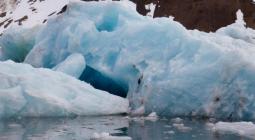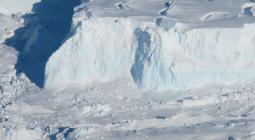Ghost glaciers: the transcendent Anthropocene – in pictures.
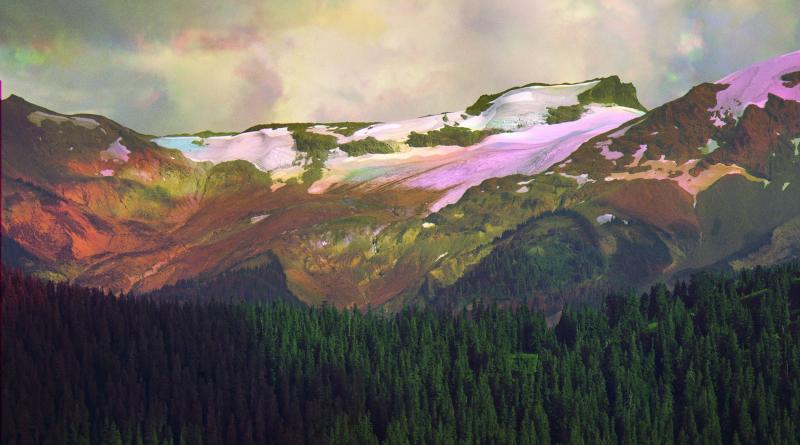
Peter Funch’s latest photo-book, The Imperfect Atlas, explores human impact on the environment by using a technique invented at the height of the industrial revolution – RGB tri-colour separations











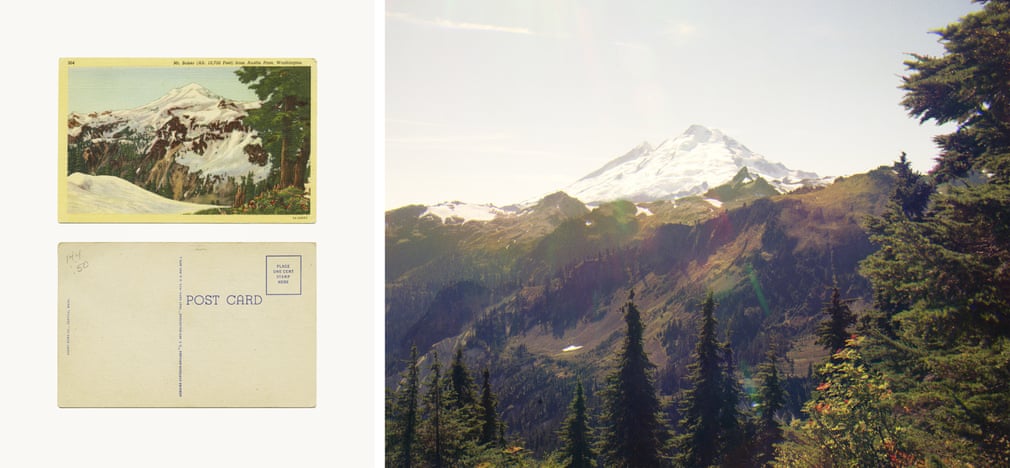
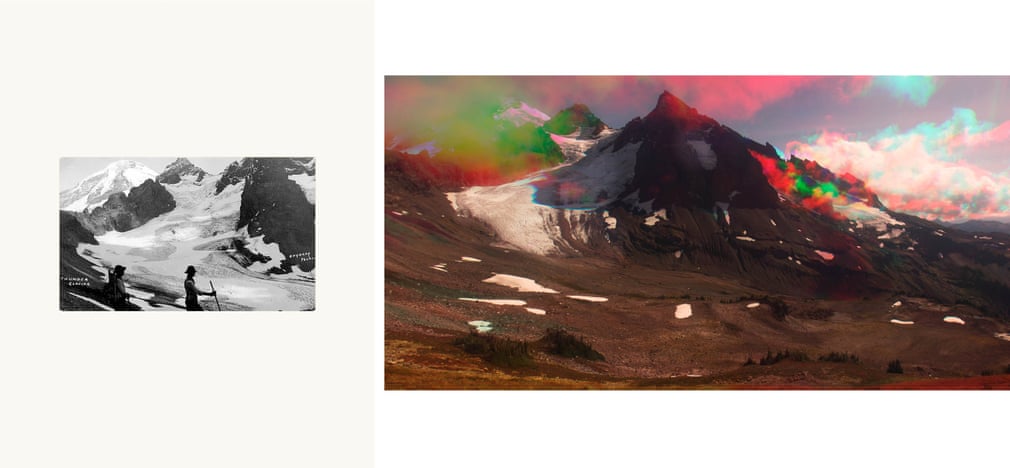
*Title Photo : Mount Baker Expedition. Photograph: Funch/Peter Funch
20 February 2020
The Guardian

